Tag: ultrasound
-
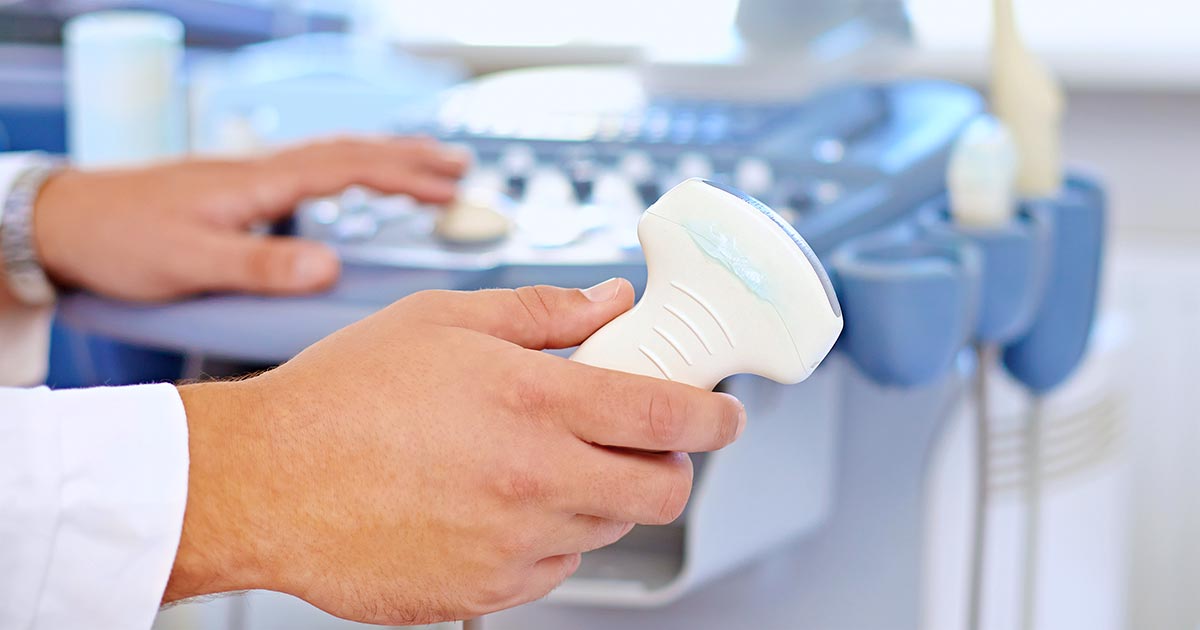
Abdominal ultrasound, pt 2: optimising image quality
—
by
In my previous blog, I introduced the function of all the buttons and dials on the ultrasound machine. Once you are familiar with their functions, the next step is to learn how to use them to optimise image quality. In this post, I will discuss – step by step – which functions you should adjust…
-
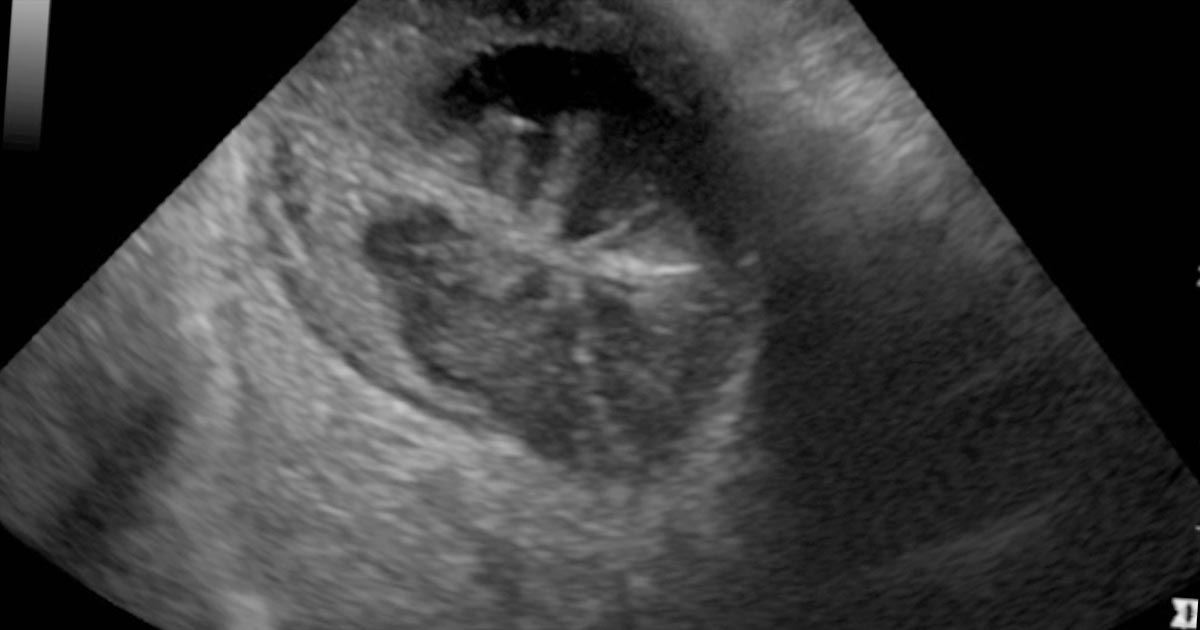
Abdominal ultrasound, pt 1: equipment controls
—
by
Abdominal ultrasound is an invaluable diagnostic tool that can give us far more information about abdominal organs than radiographs. It can also be a very daunting procedure – especially for clinicians unfamiliar with how the machine operates. One of the biggest frustrations with using the ultrasound machine stems from not knowing what each button is…
-

A difference of opinion
I’m only a few short weeks into my final-year rotations at the University of Bristol’s Veterinary Referral Hospital, but I already feel like I’ve learned a lot: DOPs aren’t as scary as I’d built them up to be in my head. It does get easier to navigate your way around the hospital with time (and…
-
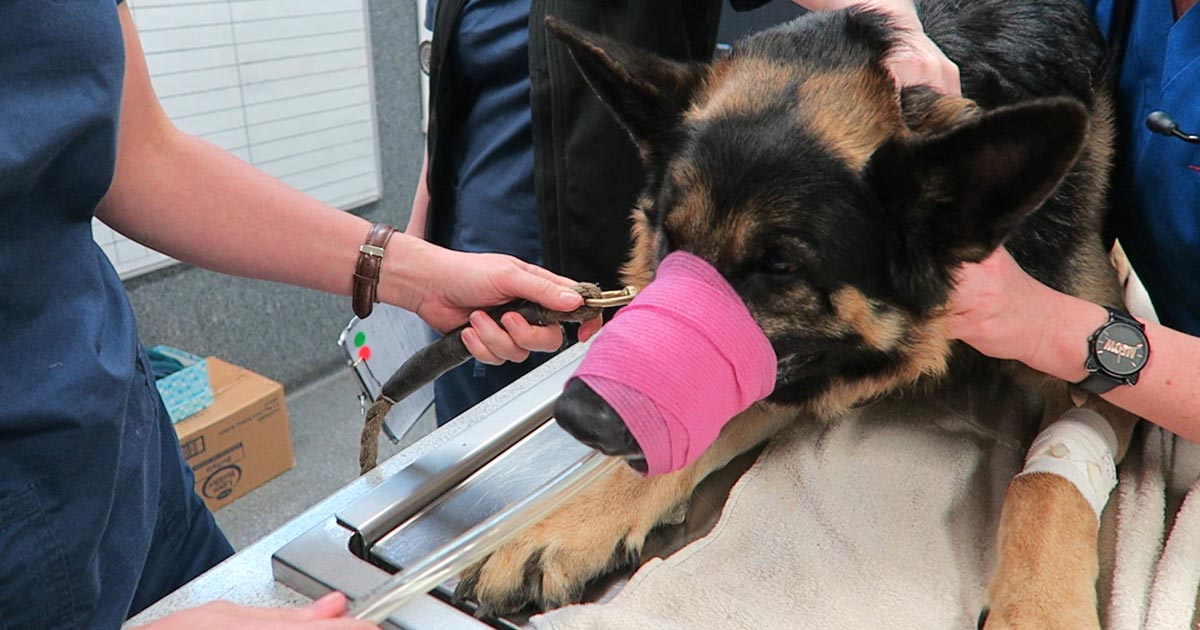
Focus on GDV, part 2: releasing the pressure
—
by
Last week we covered IV fluid resuscitation and pain relief. This week we will go into more detail about gastric decompression. Gastric decompression can be achieved in two ways: trocarisation stomach tube (orogastric tube) placement The decision on which method to use depends on many factors – personal preferences, past experiences and clinical protocols, to…
-
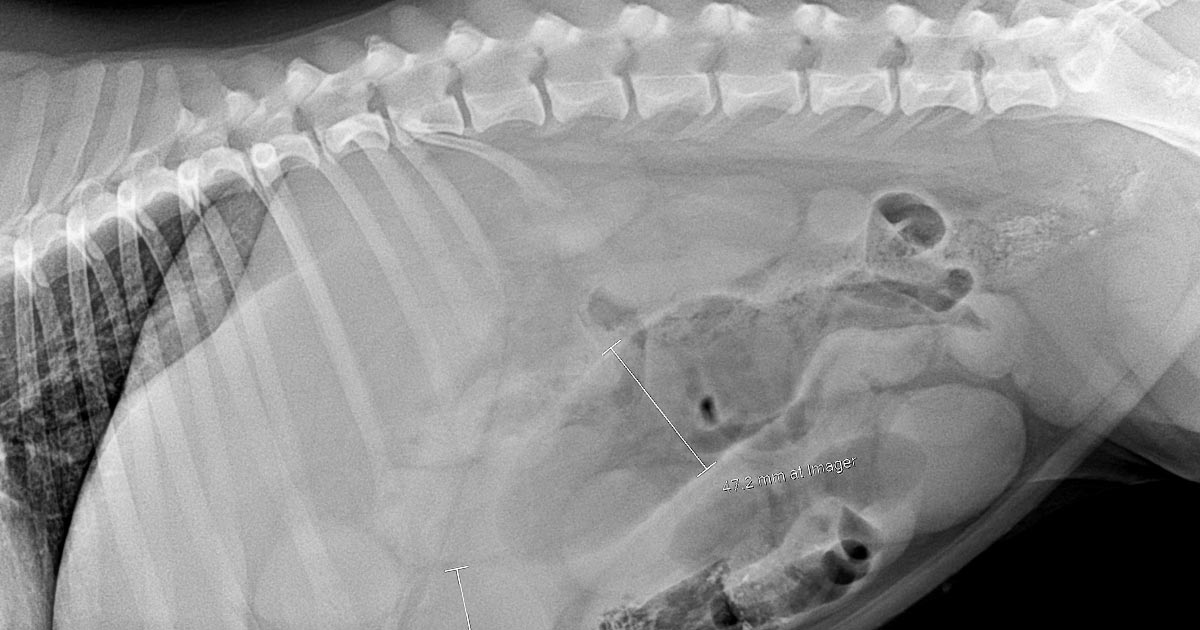
Abdominal radiography, part 2
—
by
Last week’s tips (Abdominal radiography, part 1) were about taking appropriate images. Now, here are some tips on interpreting those images. Interpretation I often find there is too much to look at and it gets confusing with overlapping organs. I like to step back and look from a distance; sometimes, this gives me an overview…
-

Learning to speak out about pregnancy loss
—
by
This week (9-15 October) sees Baby Loss Awareness Week in action. It’s a time to reflect, remember, and discuss our experiences to help others to feel less alone. After experiencing two early miscarriages this year in February and June, I found talking about my experiences to help others was the best way to work through…
-
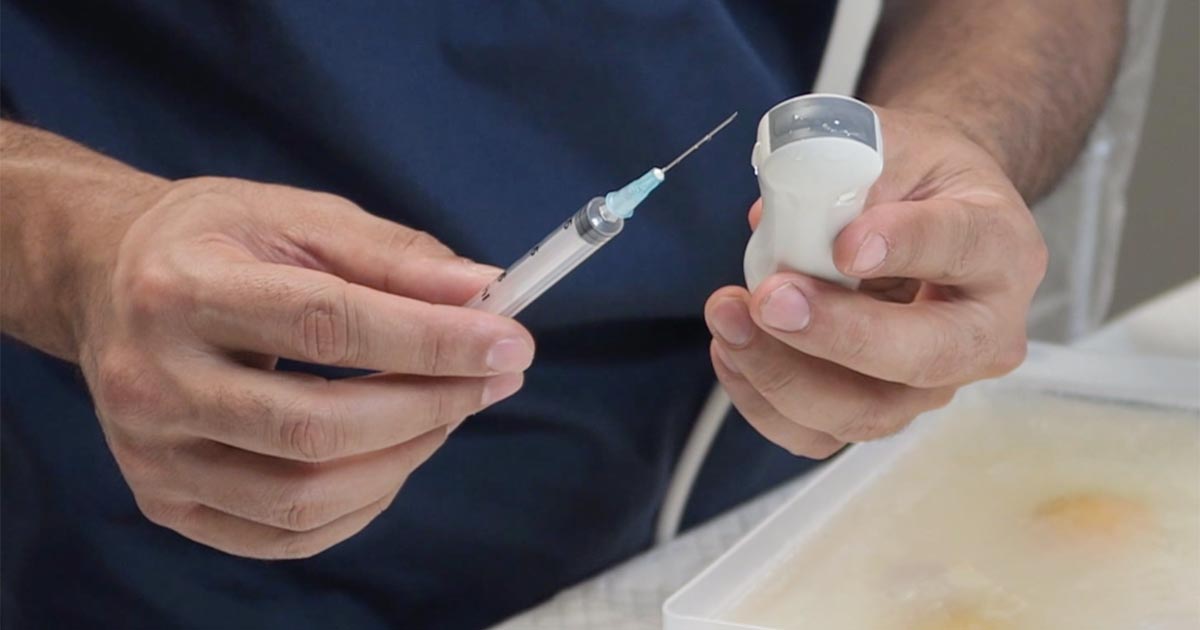
4 quick tips to improve ultrasound guided aspirates
—
by
The ultrasound is an incredibly useful diagnostic tool that is increasingly being used in general practice. Other than for diagnostic imaging, the ultrasound is also very useful for diagnostic procedures such as cystocentesis, thoracocentesis, abdominocentesis and fine-needle aspirates of structures such as lymph nodes and masses. Here, I provide you with a few tips on…
-
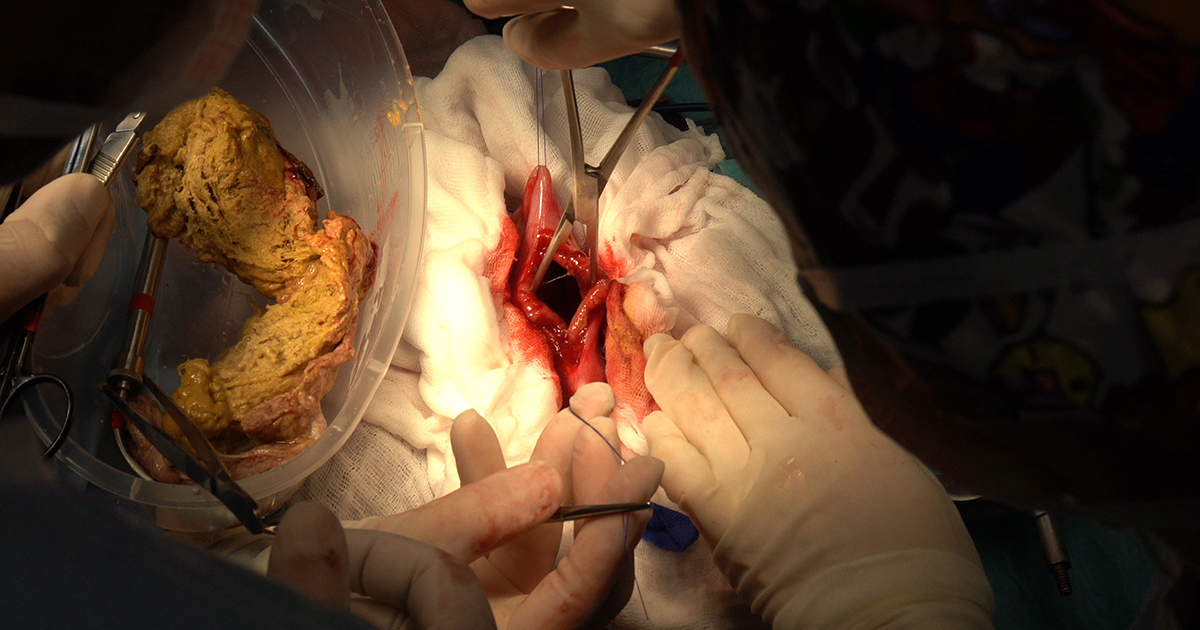
Linear foreign bodies, part 3: should YOU take it to surgery?
—
by
In the previous post we covered what to look out for on ultrasound when assessing for a linear foreign body. Now we discuss the things you should consider before deciding to take the patient to surgery. Read the following statements and answer the questions – either yes or no… Linear foreign body surgeries can be…
-
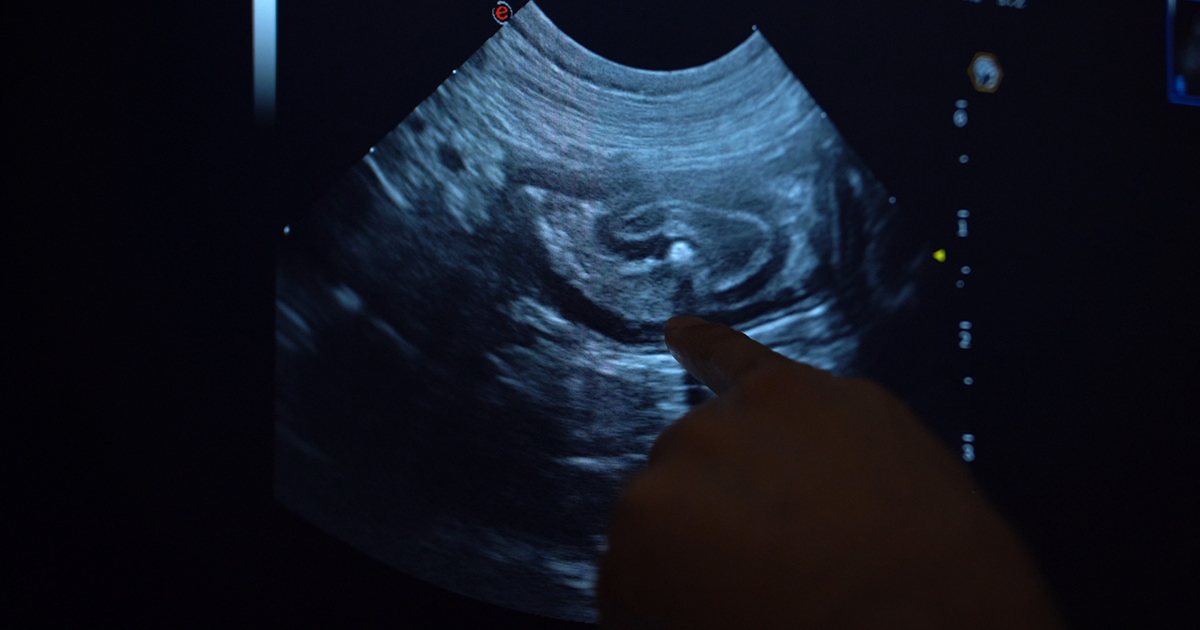
Linear foreign bodies, part 2: tips for diagnosing with ultrasound
—
by
Following on from the previous post where we discussed tips on how to diagnose a linear foreign body on a radiograph, this post sees us cover how to diagnose it on ultrasound. If used by an experienced ultrasonographer who knows what to look for, ultrasound can be a highly sensitive and specific diagnostic test. What…
-

Linear foreign bodies, part 1: tips for diagnosing with radiography
—
by
Linear foreign bodies can be tricky to diagnose, compared to normal foreign bodies, for many reasons. Mostly because you often don’t see the classic obstructive pattern appearance on radiographs or ultrasound. In this short blog series, we are going to cover some hints and tips that can make diagnosing a patient with a linear foreign…